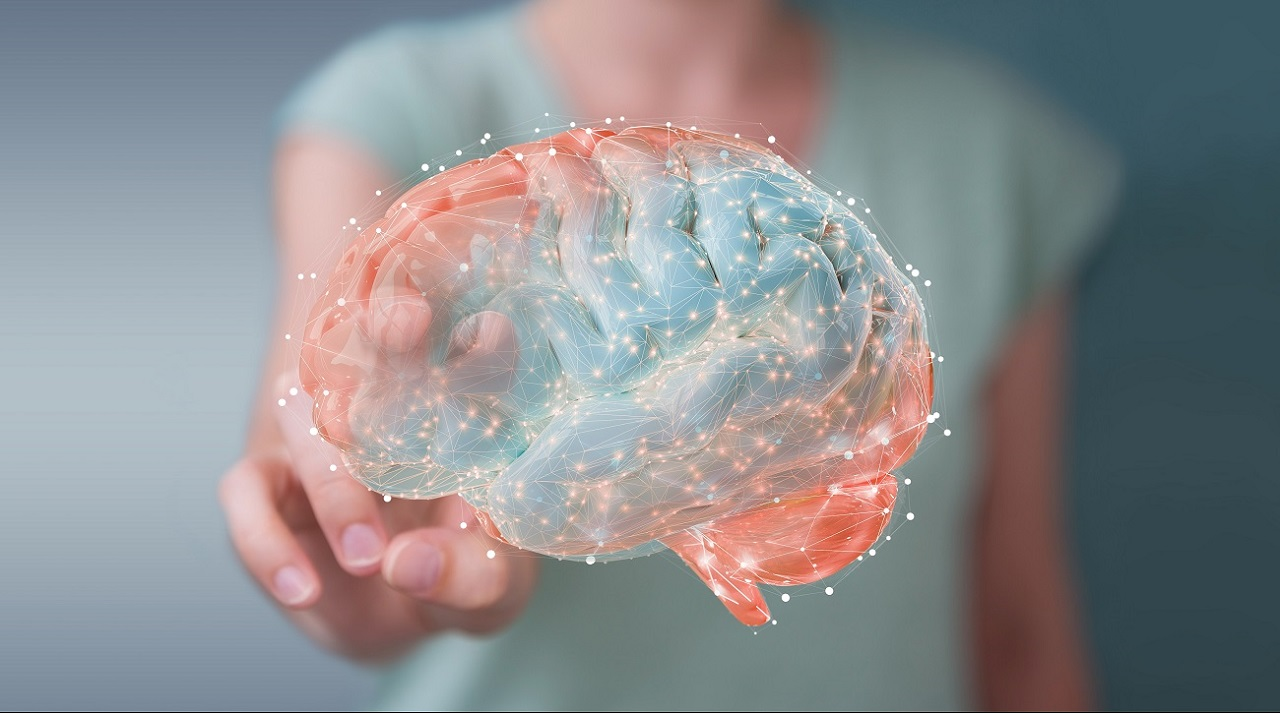
Graphene is the thinnest material known to man, a two-dimensional one-atom-thick layer of carbon. It’s also about 200 times stronger than steel, and is an excellent conductor of heat and electricity. The material was first isolated in 2004 by Andre Geim and Konstantin Novoselov, who went on to win the 2010 Nobel prize in Physics for their work.
Now, the material is being repurposed by Graphene Flagship spin-off INBRAIN for neural implants, which the firm hopes will one day provide personalised therapeutic options for brain disorders. The graphene implants are designed to interpret brain signals with exceptional accuracy to provide a therapeutic response adapted to the clinical condition of each patient, whether they have epilepsy, Parkinson’s disease or another neurological disorder entirely.
The company recently announced the completion of a €14.35m Series A investment co-led by Asabys Partners and Alta Life Sciences, which it will be using to trial the technology in humans for the first time following validation studies on large animals.
INBRAIN chief scientific officer Jose Garrido says: “First-in-human studies will start this year for an intraoperative mapping device that will provide improved spatial resolution, for better delineation of resection margins in brain surgeries.
“Next year, they’ll begin for an implantable device capable of delivering neuroelectronic therapies in Parkinson’s disease. This therapy also has the potential to be used in other neurological disorders, including epilepsy and neuropsychiatric disorders.”
How does the graphene implant work?
Existing brain interfaces are based on metals like platinum and iridium, which are significantly restricted when it comes to miniaturisation and signal resolution and can cause considerable side effects. As a result, there is a 50% rejection rate among candidate patients. Through graphene, INBRAIN aims to overcome the current limitations of metal-based neural interfaces.
How well do you really know your competitors?
Access the most comprehensive Company Profiles on the market, powered by GlobalData. Save hours of research. Gain competitive edge.

Thank you!
Your download email will arrive shortly
Not ready to buy yet? Download a free sample
We are confident about the unique quality of our Company Profiles. However, we want you to make the most beneficial decision for your business, so we offer a free sample that you can download by submitting the below form
By GlobalData“Graphene, because of its two-dimensional nature – and all related properties, such as high electrical conductivity, high mechanical flexibility and stability – allows the preparation of microelectrodes to interface with the nervous system,” says Garrido. “Such microelectrodes, in contrast to the case of metal-based electrodes, allow an effective stimulation of the nervous system with high spatial resolution, thus reducing side effects. They also record neural signals with high fidelity, which is very important to develop an adaptive therapy such as stimulation modulated by recorded brain signals.”
Graphene electrodes can be miniaturised to nanoscale fabrication, with the potential to reach single-neuron resolution. As such, the light, biocompatible material can be converted into much smaller devices than current neural implants, with the potential to be programmed, upgraded and recharged wirelessly.
The implants are also driven by artificial intelligence (AI), and can learn and adapt to the brain of each patient to deliver more personalised therapy.
Garrido says: “Minimally invasive electrodes implanted in deep structures deliver small electrical pulses that, for example, alleviate the typical motor symptoms associated to Parkinson’s disease. The frequency and intensity of the electrical pulses is modulated by signals measured in the brain, the so-called biomarkers.
“Depending of the intensity of the biomarker, aka the status of the disease at a certain time, the electrical therapy is carefully adapted to the situation. This is called a closed-loop neuroelectronic therapy.”
The neural implant market is on the precipice of explosive growth
From Elon Musk’s NeuraLink to smartphone-powered ‘mobile mind control’, neural implants have created a lot of buzz in recent years. The hype is understandable – a device implanted inside the brain to manage neuropsychiatric conditions sounds like science fiction, but advances in the field are coming in thick and fast. According to Grand View Research, the global brain implants marked was valued at $4.6bn in 2020, and is expected to expand at a compound annual growth rate of 9.1% from 2021 to 2028.
Meanwhile, the global disease burden of neurological conditions is increasing alongside a growing global geriatric population, now accounting for 6.3% of disease burden worldwide. Neural implants could have a crucial role to play in managing these increasingly prevalent conditions, which contribute to 13.2% of deaths in developed countries and 16.8% in low- and middle-income countries.
Around 30% of patients with a neurological disease are also resistant to pharmacological treatment and so do not have an effective therapy to manage their condition.
Whether or not INBRAIN’s graphene technology proves fruitful in its human trials, greater investments in neural implant research could transform the treatment of associated diseases in the not-too-distant future.




